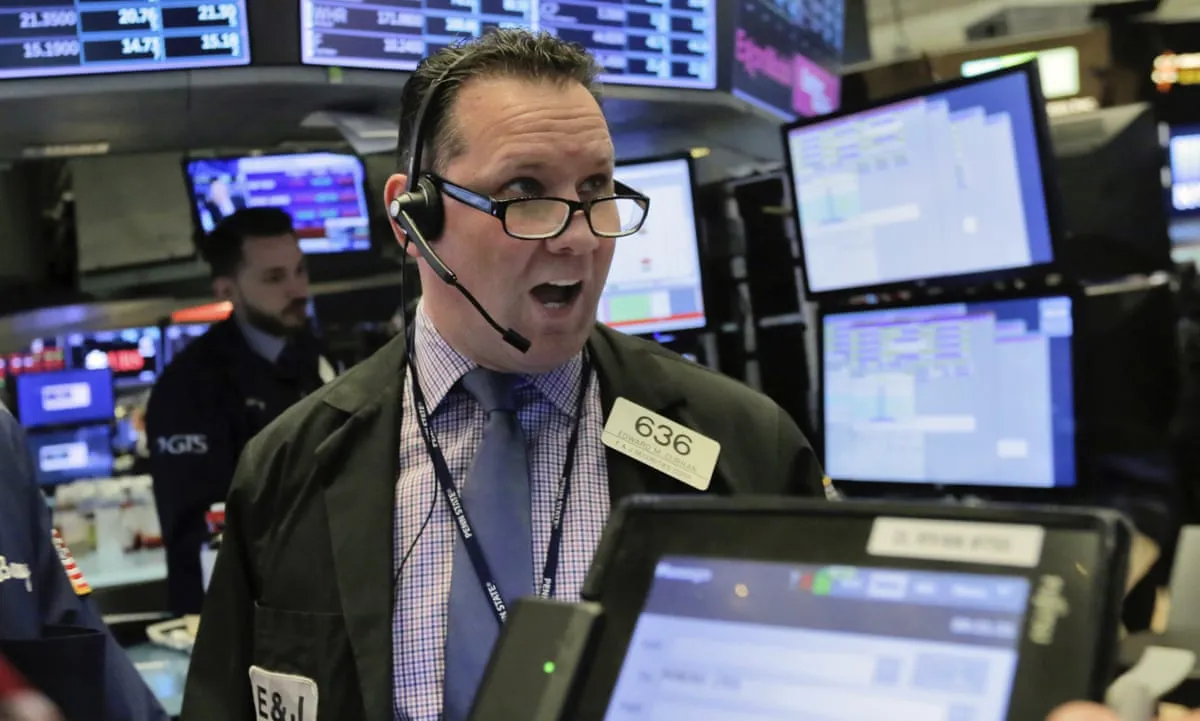A long-anticipated overhaul in Wall Street’s trade settlement system is proving more beneficial than expected, unlocking billions in capital and improving bond market efficiency.
More than a year after the U.S. adopted its new one-day settlement cycle, or T+1, trading costs in the corporate bond market have dropped significantly. According to Barclays Research, a key measure of transaction costs has fallen by 12%, while margin requirements the collateral or cash firms must set aside to protect against failed trades have declined 29%. This freed-up capital is now being deployed back into markets, boosting credit market liquidity in the process.
The change marks a notable win for U.S. regulators. The move to T+1 was introduced following the meme-stock frenzy, when widespread settlement delays revealed vulnerabilities in the existing system. Europe, including the U.K. and Switzerland, plans to follow suit by 2027.
Barclays’ findings mirror earlier data from the Depository Trust & Clearing Corporation (DTCC), which reported that capital held to guard against potential trade failures had dropped 29% year-over-year, falling to a quarterly average of $9.1 billion from $12.8 billion.
“This is essentially an efficiency upgrade to the market’s infrastructure,” explained Zornitsa Todorova, Barclays’ head of thematic fixed income research. “Think of it like your insurance premium going down that saved capital can either fuel more trading or be redirected to other investments.”
While Todorova noted that isolating the precise impact of T+1 is complex due to factors like market volatility and macroeconomic conditions, Barclays sought to cut through that noise. Their analysis compared roughly 200 pairs of nearly identical corporate bonds, one tailored for U.S. investors with same-day settlement, and another designed for international investors with the older two-day settlement.
“This gives us a clean, apples-to-apples comparison to measure the true effect of faster settlement,” Todorova wrote in a July research note.
Even so, Barclays acknowledged that their sample covers only a small slice of the corporate bond market. Although the transition to T+1 has been largely smooth, some asset managers have experienced higher funding costs during the adjustment period.
In the credit markets, where large, complex trades are common and liquidity can be fragmented, operational improvements like T+1 emphasize the need for robust funding flexibility and real-time processing. For banks and trading intermediaries, however, costs have generally decreased under the new system.
Barclays also highlighted that reduced trading expenses have spurred more activity, cutting down on the proportion of bonds that rarely trade. A decade ago, around 2% of U.S. investment-grade bonds went an entire month without changing hands; today, that figure has plunged to just 0.1%.
Improved liquidity has also compressed the liquidity premium the additional yield investors demand for holding harder-to-trade bonds which has fallen to nearly zero from about 35 basis points between 2011 and 2017.
By shortening the settlement timeline, counterparty risk is diminished, encouraging larger and more frequent trades. “With the settlement window compressed, you’re eliminating a full day of potential exposure,” said Marty Mannion, co-head of TD Securities Automated Trading. “This can enhance liquidity since traders feel more confident executing sizable deals with less uncertainty.”
Overall, market efficiency within the credit sector has advanced dramatically over the past year. Investors are increasingly turning to portfolio trading, which allows large baskets of bonds to be traded in one transaction, improving speed and scale.
The rise of fixed income ETFs has also made gaining credit exposure more straightforward and liquid. Meanwhile, electronic and algorithmic trading already commonplace in equities is transforming bond markets in what many describe as the “equitification of credit,” delivering faster, more transparent execution.
“While T+1 has certainly played a role in these improvements, the broader story is the evolution of credit markets themselves,” said Alex Finston, partner and co-head of U.S. credit trading at Goldman Sachs Group. “The variety of tools and products available today has created the most resilient and liquid credit ecosystem we’ve ever seen.”

Subscribe to our newsletter!
As a leading independent research provider, TradeAlgo keeps you connected from anywhere.








